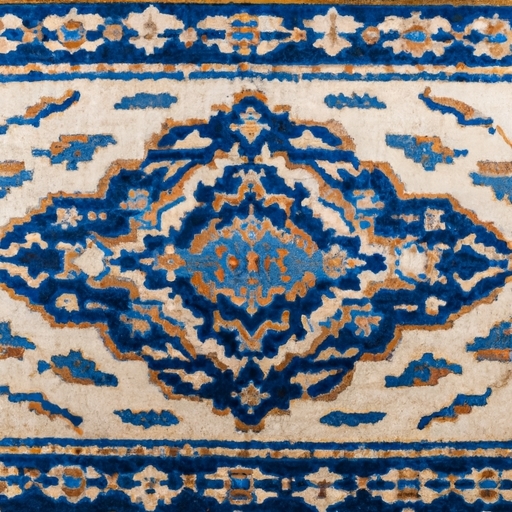
are rugs made
Historical Background of Western Brands Rugs
Rug-making techniques have a rich history. Throughout the ages, people from diverse cultures and regions have woven rugs, generating unique styles and designs. The origins of this art form trace back thousands of years to civilizations such as ancient Egypt, Persia, and China.
The craftmanship involved in rug-making is exceptional. Skilled artisans employ various methods to create these exquisite pieces. Weavers meticulously intertwine different types of fibers like wool or silk, forming intricate patterns that dazzle the eye. They utilize looms - an essential tool for ensuring accuracy and precision during the weaving process.
Interestingly, rugs serve multiple purposes beyond mere decoration. They provide warmth and insulation in colder climates, while also symbolizing cultural heritage and social status. In some communities, rugs are considered family heirlooms passed down through generations, treasured for their historical value.
As time progressed, rug-making techniques evolved alongside advancements in technology and trade routes. During the Industrial Revolution, mechanized looms were introduced which revolutionized production methods. This shift allowed for faster creation of rugs but often sacrificed the meticulous craftsmanship found in traditional handmade pieces.
Despite these changes, handmade rugs continue to be highly sought after today due to their inherent beauty and authenticity. Artisans worldwide still embrace age-old techniques passed down from ancestors. Each region has its distinctive style: Persian rugs are renowned for their intricate floral motifs; Turkish kilims captivate with geometric patterns; Moroccan rugs showcase bold colors and asymmetrical designs.
In conclusion, the history and origins of rug-making techniques are fascinatingly intertwined with human culture throughout time. From ancient civilizations to modern times, this art form has evolved while preserving its essence through skilled craftsmanship. Rugs remain more than just floor coverings; they embody creativity, tradition, and a testament to human ingenuity across generations.